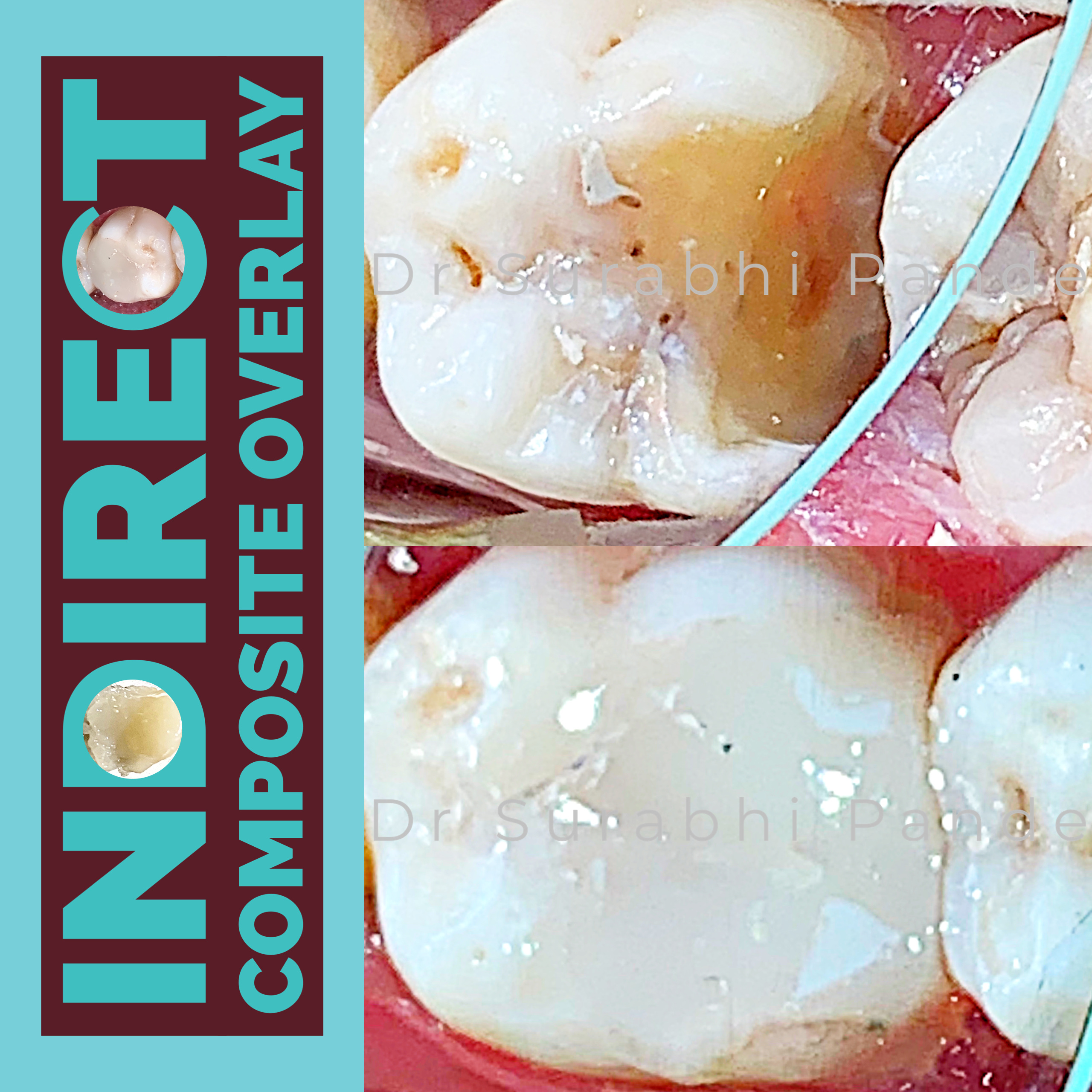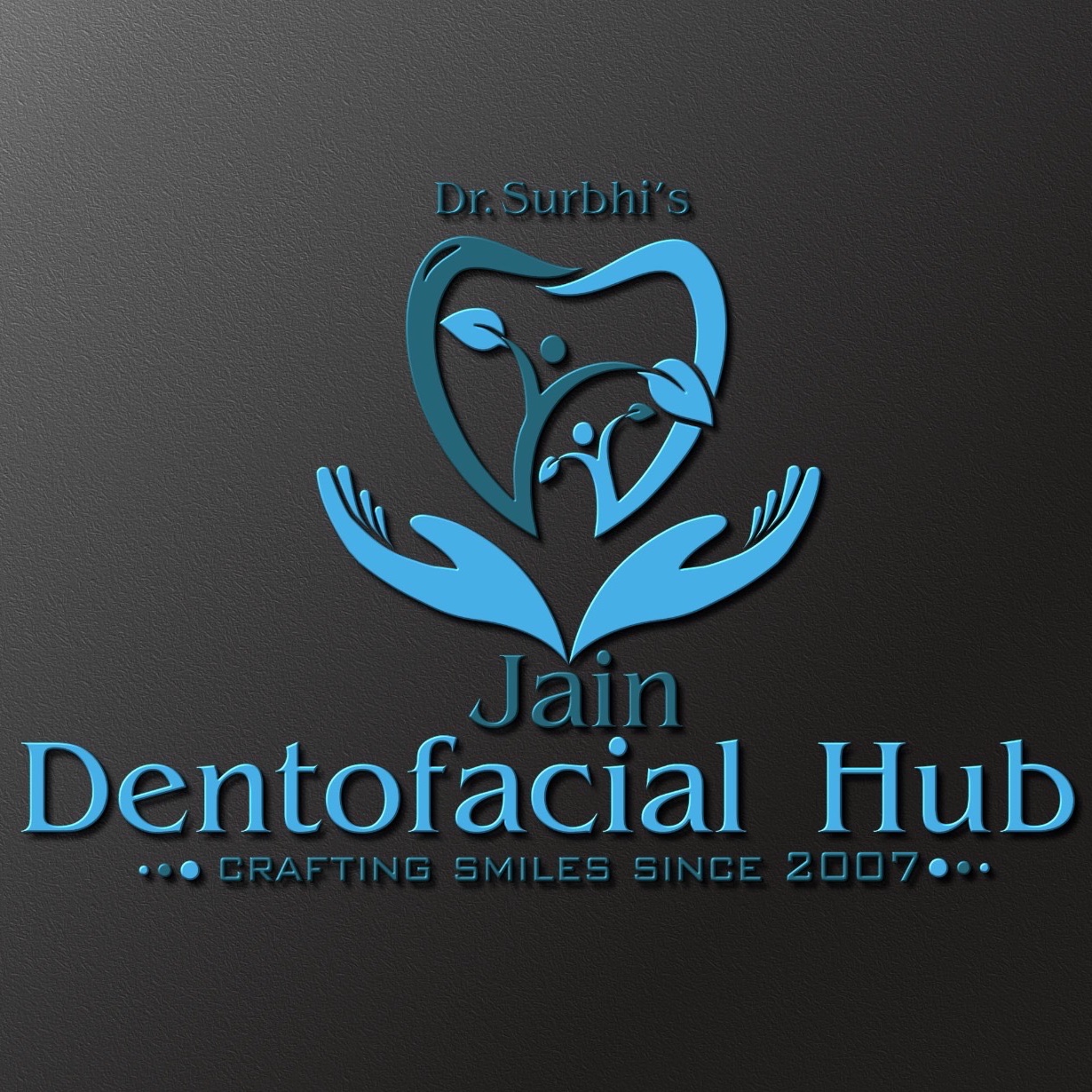
DrSurabhi Pande
Doctor
Jain dentofacial hub dental clinic
Share profile of DrSurabhi Pande
Scan QR Code

Services
Service Description

LASER IN DENTISTRY
Lasers help people who suffer from sensitive teeth. When combined with a fluoride treatment, certain dental lasers can reduce sensitivity for upto 12 months. The effectiveness of this treatment depends on the type of laser used, and varies according to each individual patient. Dental lasers assist in the uptake of fluoride within teeth. These enhanced laser fluoride treatments are longer lasting and provide better protection for your teeth against decay.The laser procedure takes only ten minutes per session and two sessions are more than sufficient to take care of most of the tooth sensitivity problems.
Service Description

IMPLANTS
Implants replace missing teeth, including the root. They are implanted in the jaw bones in place of missing teeth. After a healing period of about 3 months, the titanium implants will be firmly anchored in the bone. This process is called osseointegration. When the implant is successfully "fused to the bone"? an abutment is screwed onto the implant on which a new tooth in the form of a crown is constructed.
Service Description
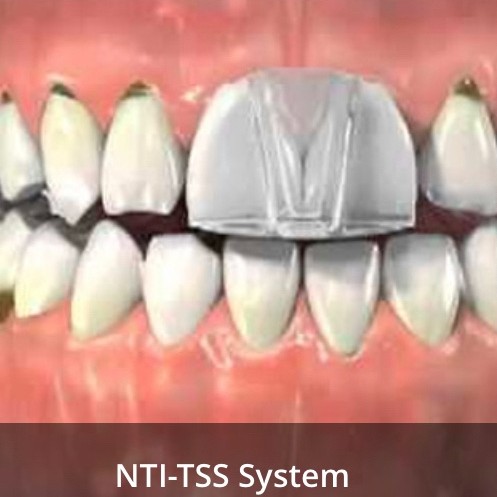
NTI-TSS SYSTEM
NTI-tss stands for Nociceptive Trigeminal Inhibition. Nociceptors are nerves that sense and respond when the body is harmed. They tell the brain of impending damage, injury, or irritation. Trigeminal refers to the nerve which has three sensory divisions within the face and neck. The lower case tss stands for tension suppression system.
Service Description
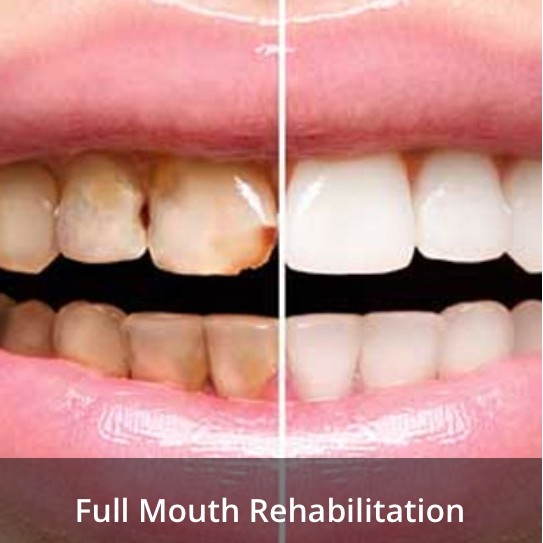
FULL MOUTH REHABILITATION
Full mouth rehabilitation cases are one of the most difficult cases to manage in dental practice. This is because such cases involve not only replacement of the lost tooth structure but also restoring the lost vertical dimensions. Full mouth reconstruction is basically a set of procedures that are aimed at correcting an improper bite position as well as restoring chipped or worn out teeth. Improper jaw position is implicated in various neuro-muscular disorders as well as in headache and neck ache. Correcting the jaw position not only restores proper function, but also helps in enhancing the cosmetic appearance of the patient.
Service Description
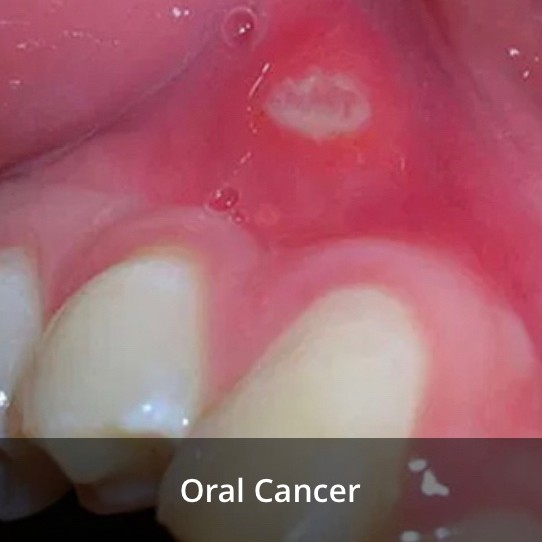
ORAL CANCER
Oral cancer or oral cavity cancer, a subtype of head and neck cancer, is any cancerous tissue growth located in the oral cavity. It may arise as a primary lesion originating in any of the oral tissues
Service Description
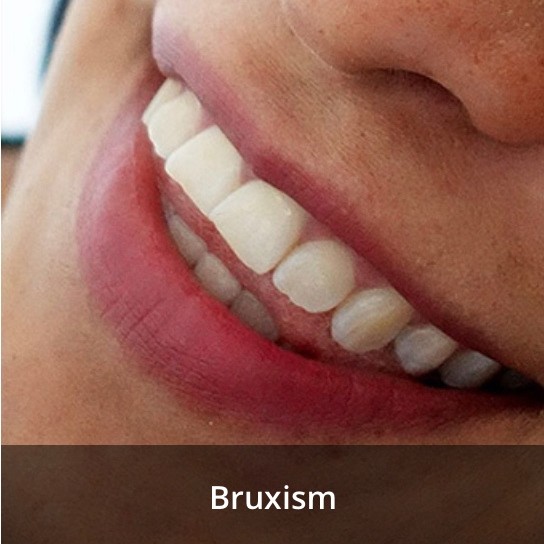
BRUXISM
Bruxism ("gnashing of teeth") is characterized by the grinding of the teeth and is typically accompanied by the clenching of the jaw. It is an oral parafunctional activity that occurs in most humans at some time in their lives. In most people, bruxism is mild enough not to be a health problem. While bruxism may be a diurnal or nocturnal activity, it is bruxism during sleep that causes the majority of health issues and can even occur during short naps. Bruxism is one of the most common sleep disorders During sleep, the subconscious processes become active, while the higher control is inactive, resulting in bruxism. Some bruxism activity is rhythmic (like chewing), and some is sustained (clenching). Researchers classify bruxism as a habitual behavior, and a sleep disorder. It is theorized that certain medical conditions can trigger bruxism, including digestive ailments and anxiety.
Service Description
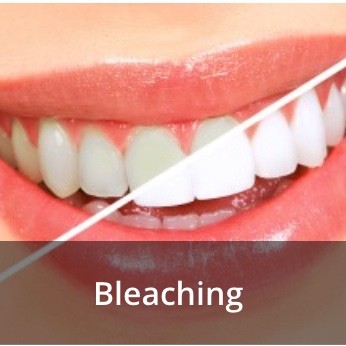
BLEACHING
Dental bleaching, also known as tooth whitening, is a common procedure in general dentistry but most especially in the field of cosmetic dentistry. There are many methods to whiten teeth: bleaching strips, bleaching pen, bleaching gel, laser bleaching, and natural bleaching. Traditionally, at-home whitening involves applying bleaching gel to the teeth using thin guard trays. At-home whitening can also be done by applying small strips that go over the front teeth. Oxidizing agents such as hydrogen peroxide or carbamide peroxide are used to lighten the shade of the tooth. Power bleaching uses light energy to accelerate the process of bleaching in a dental office. The effects of bleaching can last for several months, but may vary depending on the lifestyle of the patient. Factors that decrease whitening include smoking and the ingestion of dark colored liquids like coffee, tea and red wine.
Service Description
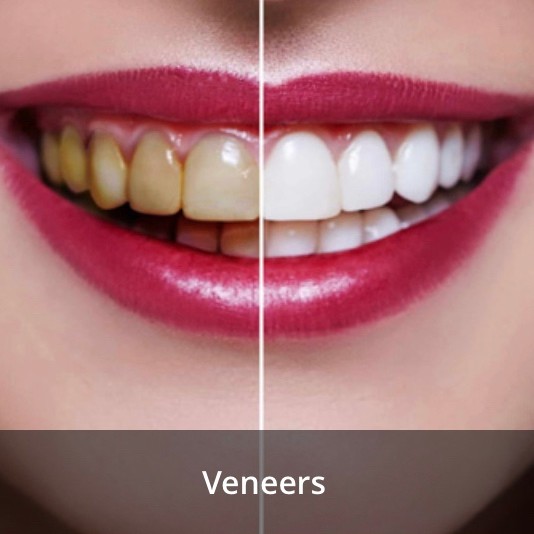
VENEERS
In dentistry, a veneer is a thin layer of restorative material placed over a tooth surface, either to improve the aesthetics of a tooth, or to protect a damaged tooth surface. There are two main types of material used to fabricate a veneer, composite and dental porcelain
Service Description
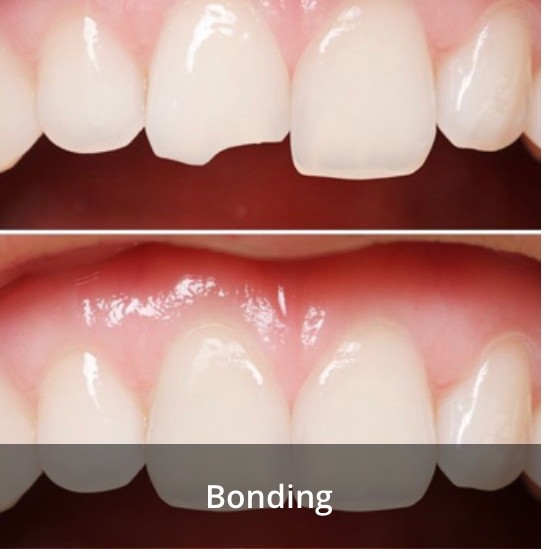
BONDING
Bonding is the application of a tooth-colored composite resin (plastic) to repair a decayed, chipped, fractured or discolored tooth. Bonding can be done in a single visit. The procedure is called bonding because the material bonds to the tooth.
Service Description
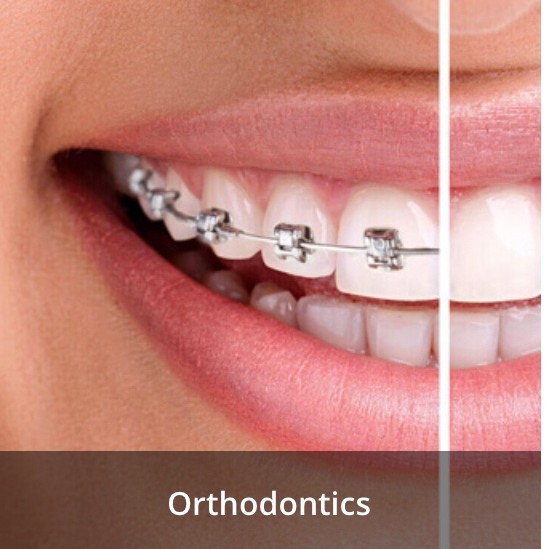
ORTHODONTICS
Orthodontics is the specialty of dentistry that is concerned with the study and treatmentof malocclusions (improper bites), which may be a result of tooth irregularity, disproportionate jaw relationships, or both. Orthodontic treatment can be carried out for purely aesthetic reasons with regards to improving the general appearance of patients' teeth.
Service Description

TOOTH JEWLLERY
Tooth Jewellery is the latest thing to add a sparkle to your dazzling smile, you can now have a sparkling crystal glass design or something in gold or a twinkle of ruby or maybe an aquamarine blue diamond shining on your tooth. The procedure for applying jewellery is absolutely safe! The application is a very simple 15 minute procedure. The design is bonded on to your tooth structure. You can have it removed at any time, or simply replace it with another one. Since there is no drilling involved (it is directly bonded to the tooth surface), it doesn't harm your teeth and is absolutely pain free and no worrying about brushing, eating or the sparkling crystals becoming dull or changing color. THE KRYST are SWAROVSKI CRYSTALS that are specially treated making them ready for dental use so that they easily attach and can be easily removed without causing any damage to your natural tooth. Kryst has a spectacular collection of 12 colors and 3 different sizes from where you can pick your favorite color and design.
Service Description
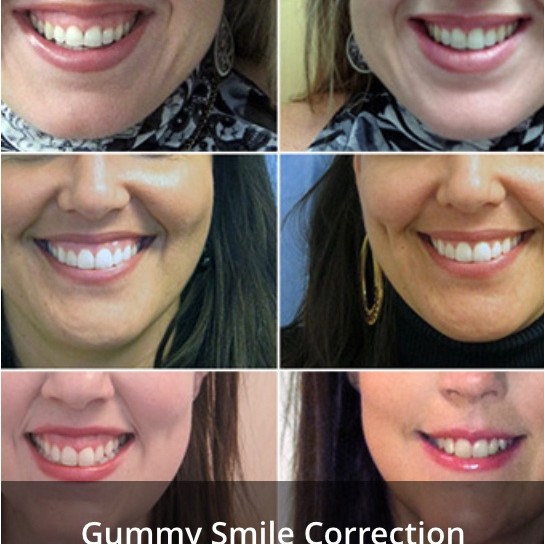
GUMMY SMILE CORRECTION
smile is considered a "gummy smile" if a significant amount of gingival tissue (gums) can be seen as a person smiles. Although a gummy smile is considered a normal variation of human anatomy, many people with gummy smiles are very self-conscious when smiling. Fortunately, these smiles can be corrected with simple periodontal surgery procedures.
Service Description
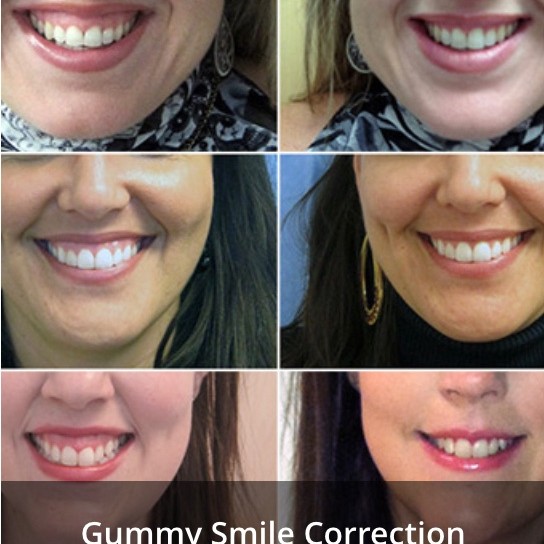
GUMMY SMILE CORRECTION
smile is considered a "gummy smile" if a significant amount of gingival tissue (gums) can be seen as a person smiles. Although a gummy smile is considered a normal variation of human anatomy, many people with gummy smiles are very self-conscious when smiling. Fortunately, these smiles can be corrected with simple periodontal surgery procedures.




